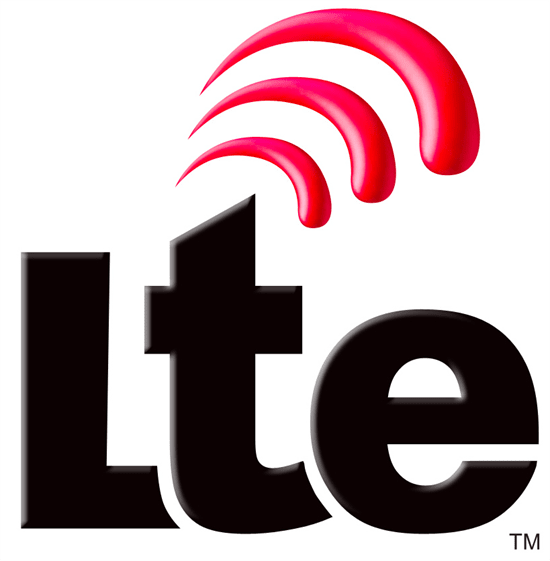RED Compliance
FAQ: Blake UK and PROception Amplifier RED Compliance
RED (Radio Equipment Directive - 2014/53/EU) is a directive that applies across the EU, including the UK, and affects all manufacturers, distributors, and installers of relevant products. The RED replaces the Radio and Telecommunications Terminal Equipment Directive and has extended its scope to include receivers, including TV and radio broadcasts.
The RED, along with other directives such as the Low Voltage Directive, requires equipment to comply with a high level of electrical safety, electromagnetic compatibility, and to operate in a manner that promotes efficient use of the radio spectrum.
RED applies to all equipment that intentionally transmits or receives radio waves. This includes all domestic TV signal amplifiers, which must meet the requirements of EN 303 354 V1.1.1 (2017-03).
The product must have an EU Declaration of Conformity (DoC) and display the CE marking. The product can include the DoC or refer to an online version.
THERE IS NO OFFICIAL RED LOGO indicating compliance other than the CE mark.
The LTE logo shown here is popular on products but does not indicate compliance with RED.
Check for the DoC and separate manufacturers' compliance.

(Taken from an OFCOM slide presented at the CAI Trade Show in May 2018)
These are legal requirements enforceable by Ofcom and Trading Standards. Manufacturers, importers, and distributors (installers) are all responsible and liable for infringements.
In a recent trading standards case, it was stated (for non-compliant equipment): "I cannot install it; the distributor cannot sell it, and the manufacturer can only sell it if they upgrade it to comply with the RED."
- Amplifier gain and flatness: Ensures that an amplifier achieves the stated gain and is flat within ±2dB across the frequency response.
- Noise figure: The degradation of signal-to-noise ratio (SNR) resulting from the amplifier.
- Amplifier inter-modulation: The ability of the amplifier to cope with numerous signals, including LTE interference.
- Return loss: The degree of mismatch that causes reflected signals at the amplifier's inputs and outputs.
- Selectivity: The effectiveness of any inbuilt filter.
The classes are designed to meet the varying requirements of the TV transmitter changeover caused by the reallocation of broadcast spectrum to mobile phones.
- Class 0: Not filtered. This was decided upon in part due to the varying timescales for implementation of LTE across the EU; it allows suitable filters to be used for the local environment.
- Class 1 & 2: For future use when LTE takes over the 700 MHz band and may also be below 470 MHz.
- Class 3: 15dB inbuilt LTE filter but not for use in channel 60 areas.
- Class 4: 15dB LTE filter allowing use of channel 60.
Class 3 products do not pass Ch 60 without severely degraded reception. Prior to 2020, there were still 121 transmitters using this frequency. Locally to Sheffield, Belmont services 710,000 homes and still in 2020 used channel 60. Whilst this is not long-term, it still means that the consumer will lose channels they potentially had before a RED class 3 amplifier was installed.
The specification for inbuilt filters on Ch 59 amplifiers is only 15 dB of LTE protection, but for the at800 standalone filter, supplied free if you have interference, it is 22-26 dB. There are filters on the market that have 40 dB of rejection. Considering that in some cases LTE signals can be 20 dB greater than TV signals, then in these cases the internal filter is not giving adequate rejection and an external filter would also be required, giving more noise! It would be much better to fit a class 0 amplifier with an appropriate external filter in the first place.
Class 0 amplifiers allow use of channels 61-68 for the distribution of locally modulated services such as CCTV, hotel in-house video, and, in a domestic situation, for the distribution of signals such as Sky TV from the RF2 port of the Sky receiver (which are set at Ch 68 by default) or by using an add-on IO link.
Currently, the UHF band used for TV has only 40 channels. With up to 9 muxes per transmitter, and signals from adjacent transmitters being visible, it can be difficult to find a clear channel to carry locally modulated signals. Unlike classes 1-4, a class 0 amplifier gives access to the LTE bands (channels 61-68) for local signals, provided that adequate filtering is used to suppress any LTE signals that may be received.
Class 3 will be superseded by Class 1 in the UK from 2020 onwards.
The internal immunity of our products is excellent, in some cases over 15dB higher than the pass mark!
The noise level of the amplifiers is significantly lower than one with a filter, in tests some 2.5dB better!
Amplifiers sold by Blake UK are compliant with the Radio Equipment Directive 2014/53/EU and meet the harmonised standard EN 303 354 for Class 0. As such, they work on all current UK DTT channels up to and including channel 60. They are compliant with current electrical safety and EMC regulations. They are extremely resilient to interference and overloading, and cope with multiple carriers while promoting efficient use of the radio spectrum.
In cases of strong LTE interference, a separate LTE filter should be fitted. These are supplied free by at800 or at700, or higher performance models can be purchased from www.blake-uk.com.
To pass channels up to and including channel 57, use PROLTE1/57F. For 5G channel 48, use PROLTE5G700.
Most of the Blake amplifier designs were suitable for RED well before the 2017 implementation. Stocks in the market pre-RED implementation do not carry any DoCs but are still compliant as they were placed on the market prior to the requirement to do so. Stocks sold later have the DoC. Blake has introduced the logo below on products to indicate compliance and to which RED classification for future products.

So, be compliant and legal...
Look for this logo:

How do you ensure RED compliance?
Buy Blake UK's PROception brand from your local distributor or contact Blake UK for more information.








 Quick Add
Quick Add